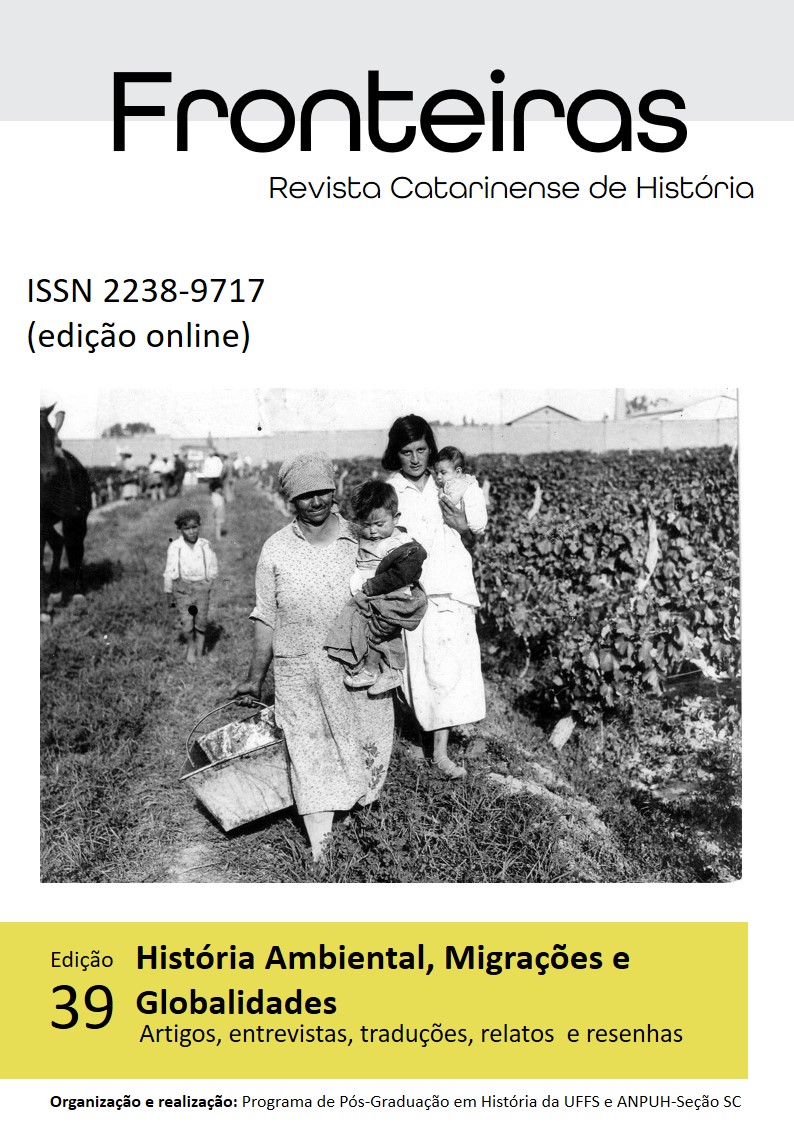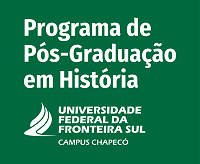Non-Human actions in the missionary world of the jesuitic Province of Paraguay
a perspective of Environmental History
DOI:
https://doi.org/10.29327/253484.1.39-7Keywords:
Jesuit Missions, Guarani, Non-humansAbstract
This article aims to present the participation of non-humans and the impacts caused by environmental problems in the coexistence with the Guarani and Jesuits in the missions during the 17th and 18th centuries. The study used documents written by the Jesuit priests, such as letters and diaries, found at the PUCRS Historical Research Center and works published by Jaime Cortesão (1969), Hélio Vianna (1970), Father Antônio Sepp (1951) and bibliographies that address Jesuit missions and indigenous practices. Theorists are based on authors of Environmental History who help to understand the behavior of certain species and environmental impacts. The results point to the actions of rats, ants and locusts in the daily life of the Jesuit missions. Situations that generated hunger and demand from the indigenous people for the priests to formulate solutions to the problems. Based on Environmental History, it was demonstrated how non-humans caused embarrassment and, at the same time, influenced actions by the priests and also by shamanic leaders.



















